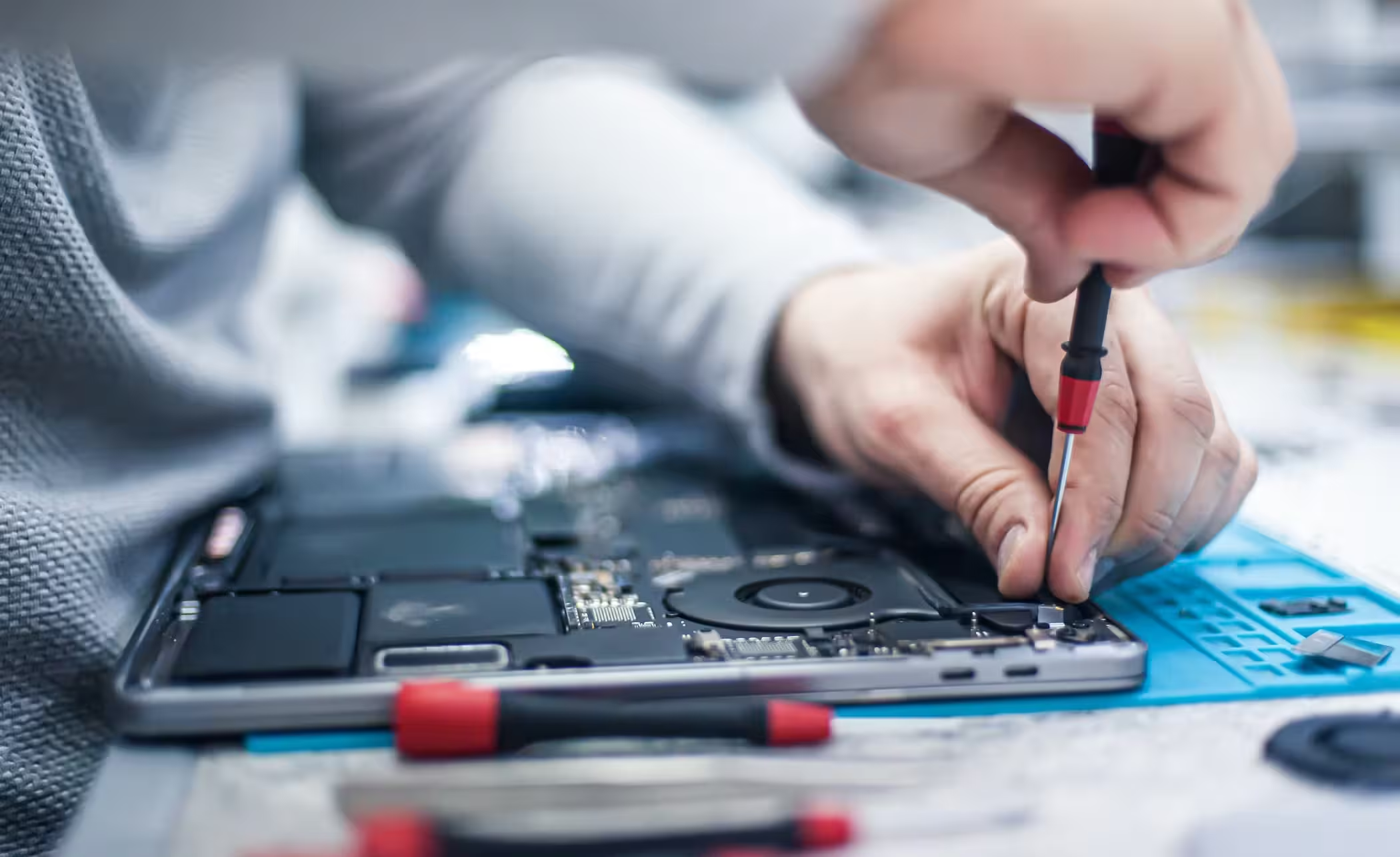8 Minutes
Why a MacBook Isn’t Always the Best College Investment
When shopping for a laptop before starting college, many students default to choosing a MacBook because of its polished design and strong ecosystem. But for a large number of majors and budgets, a Windows laptop often delivers better value, more flexibility, and fewer hidden costs. Below we break down the practical reasons to consider a Windows notebook for study, creative projects, and campus life, including real product examples, upgrade strategies, and market considerations.
Key Advantages of Choosing a Windows Laptop
1. Ports and Connectivity: Less Adapting, More Doing
One of the most tangible benefits of many Windows laptops is the variety of I/O ports. Apple has pushed an all-USB-C approach across recent MacBook Air and Pro models, producing a thin, uniform chassis but also a requirement for dongles and adapters. Students who frequently plug into projectors, external monitors, cameras, printers, or Ethernet networks will appreciate the diversity found on many Windows notebooks: a mix of USB-A, USB-C, HDMI, full-size SD or microSD card readers, headphone jacks, and sometimes even Ethernet.
For photographers, videographers, and designers, built-in card readers are a time-saver when transferring footage from cameras or drones. For group presentations in lecture halls, an HDMI port reduces setup friction compared with relying on adapters or insecure dongle chains.
2. Lower Repair Costs and Greater Repairability
Repair and maintenance costs matter a lot for students living on tight budgets. Replacing a battery or fixing a damaged trackpad on a premium MacBook can be expensive because of proprietary components and parts-pairing policies. A typical out-of-warranty battery replacement for some MacBooks ranges from roughly $159 to $249, and other part repairs can escalate quickly.

By contrast, many Windows laptops are designed with repairability in mind. Some mainstream models allow for easy battery, SSD, or RAM swaps. Modular systems, such as those sold by Framework, prioritize user-replaceable components and provide detailed guides and spare parts. Being able to buy and install a replacement drive or memory module yourself can cut maintenance costs and extend device lifespan — a major advantage when you want to stretch a laptop across a four-year degree.
3. Easier Upgrades Over Time
Related to repairability is upgradability. For students who cannot afford top-tier RAM or storage at the time of purchase, choosing a Windows laptop with user-upgradeable slots lets you buy a more affordable base configuration and add storage or memory later. Prioritize the processor at purchase, then upgrade SSD capacity or RAM as budget permits. This approach is cost-efficient for students whose coursework will increase in intensity over the college years.
Note, however, that industry trends are shifting toward soldered memory in some Windows models. Still, many mainstream and budget-friendly business-class laptops retain swappable M.2 SSDs and SO-DIMM slots.
4. A Wider Range of Hardware Choices
Windows laptops span an enormous variety of form factors and price tiers: ultraportable ultrabooks, convertible 2-in-1 touch devices, budget-oriented clamshells, high-refresh gaming laptops, and professional mobile workstations. This variety allows students to match device capabilities to study needs. Need a touchscreen for quick class sketches? Choose a 2-in-1. Need a large display for spreadsheets and multitasking? Buy a 15.6-inch model. Want discrete graphics for GPU-accelerated design workflows or light gaming? There are many Windows options with dedicated GPUs that Apple does not currently offer in its MacBook consumer lineup.
Software, Compatibility, and Real-World Use Cases
5. Software Compatibility for STEM, Engineering, and Legacy Tools
Compatibility with academic and professional software is a crucial factor. Several engineering, CAD, and industry-specific applications remain Windows-only. For example, SolidWorks and many other specialized CAD tools are designed for Windows and may not function natively on macOS. Running them on a Mac typically requires virtualization or emulation, which can introduce performance overhead, licensing complexities, or incompatibility with ARM-based chips.
Since Apple transitioned to ARM-based M-series processors, running x86 Windows applications on Mac requires either an Intel Mac or an ARM-native Windows environment. Tools like Parallels Desktop provide a bridge, but not all apps support Windows on ARM, and virtualization can be resource hungry. For coursework that depends on Windows-native software, a Windows laptop avoids these headaches.
6. Gaming, Multimedia, and Legacy Applications
If you plan to play games, experiment with Windows-only creative tools, or need strong backward compatibility with older programs, a Windows machine is the more straightforward option. Windows maintains broader backward compatibility with legacy software and hardware drivers, which can be important when institutions or labs rely on older tools that have not been ported to macOS.
Cost and Value: Where Windows Laptops Shine
7. Better Price-to-Performance for Students
Cost is often the decisive factor for students. Even the most affordable MacBook Air models carry a premium price tag. For example, recent base model MacBook Air pricing puts many configurations near or above the $1,000 mark once you factor in higher-capacity storage and upgraded memory.
Windows laptops, however, deliver competitive hardware at lower price points. Affordable models such as the Acer Aspire 3 A315-24PT-R0UX can retail for around $500 while offering a 15.6-inch touchscreen, 16GB of RAM, 512GB SSD, and modern wireless connectivity like Wi-Fi 6. Another example, the ASUS Vivobook S 14, brings an OLED FHD+ display, LPDDR5X memory, 512GB storage, and Wi-Fi 7-capable networking to the sub-$700 bracket on many sales.
For students, saving several hundred dollars by opting for a Windows laptop can pay for textbooks, software subscriptions, external storage, or even living costs. Those savings also let you invest in essential accessories like external monitors, docking stations, or backup drives.
Product Features, Comparisons, and Recommendations
What to prioritize when choosing a student laptop
- Processor: Choose the best CPU you can afford, since it is often the hardest part to upgrade later.
- Memory and Storage: If the laptop allows upgrades, buy a modest base configuration and plan to expand RAM or SSD later.
- Ports and Expandability: Look for HDMI, USB-A, USB-C, and an SD card reader if you need media workflows or frequent physical connections.
- Battery life and weight: Balance portability with endurance for long days on campus.
- Repairability score: If possible, choose models with easily replaceable components or brands that publish repair guides and spare parts.
Comparing MacBook and Windows choices for specific majors
Humanities and social sciences: Lightweight ultrabooks or convertibles give portability and note-taking flexibility. Windows options can be cheaper and often include touchscreens.
Design, media, and creative majors: Consider a Windows machine with a color-accurate display and discrete GPU or a higher-spec MacBook if your workflow depends on macOS-specific apps. For photographers, built-in card readers and large SSDs matter.
Engineering, architecture, and CAD-heavy majors: A Windows laptop or a campus workstation is usually necessary due to application compatibility. Look for discrete GPUs and strong thermal designs.
Market Relevance and Long-Term Considerations
Overall, Windows laptops continue to dominate diversity in hardware and pricing, which keeps them highly relevant for students and professionals alike. Brands are innovating across form factors and connectivity standards, while modular and repairable designs are gaining traction as sustainability and total cost of ownership become more important to consumers.
Choosing a Windows laptop for college is not about rejecting Apple outright; it is about matching device capability to real needs, minimizing total cost, and maximizing flexibility. Students who prioritize repairability, upgrade potential, broad software compatibility, or lower upfront cost will often find Windows notebooks are the smarter long-term investment.
Conclusion
If you are preparing for college and weighing a MacBook against a Windows laptop, consider your major, required software, and budget. Windows laptops provide more ports, easier and cheaper repairs, upgrade paths, and a wide array of hardware choices that let you tailor the device to your needs. For many students, that translates into better value, fewer compromises, and a device that can evolve with coursework over four years and beyond.


Leave a Comment